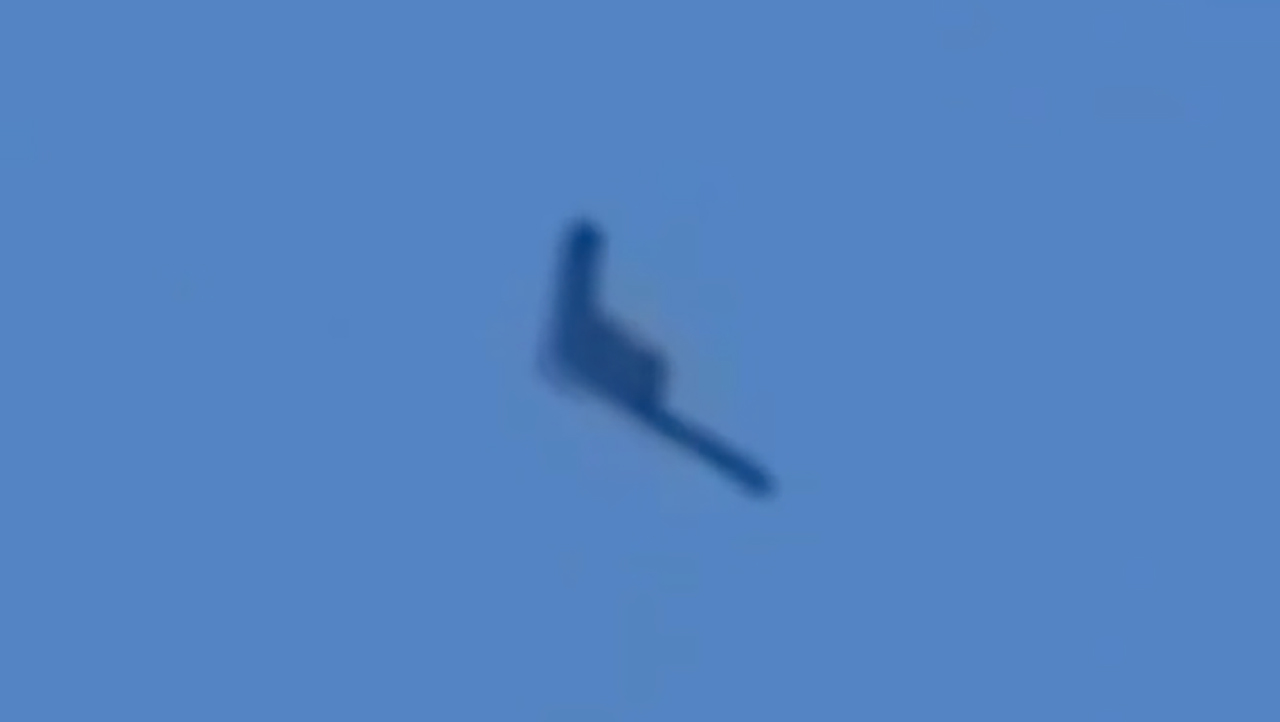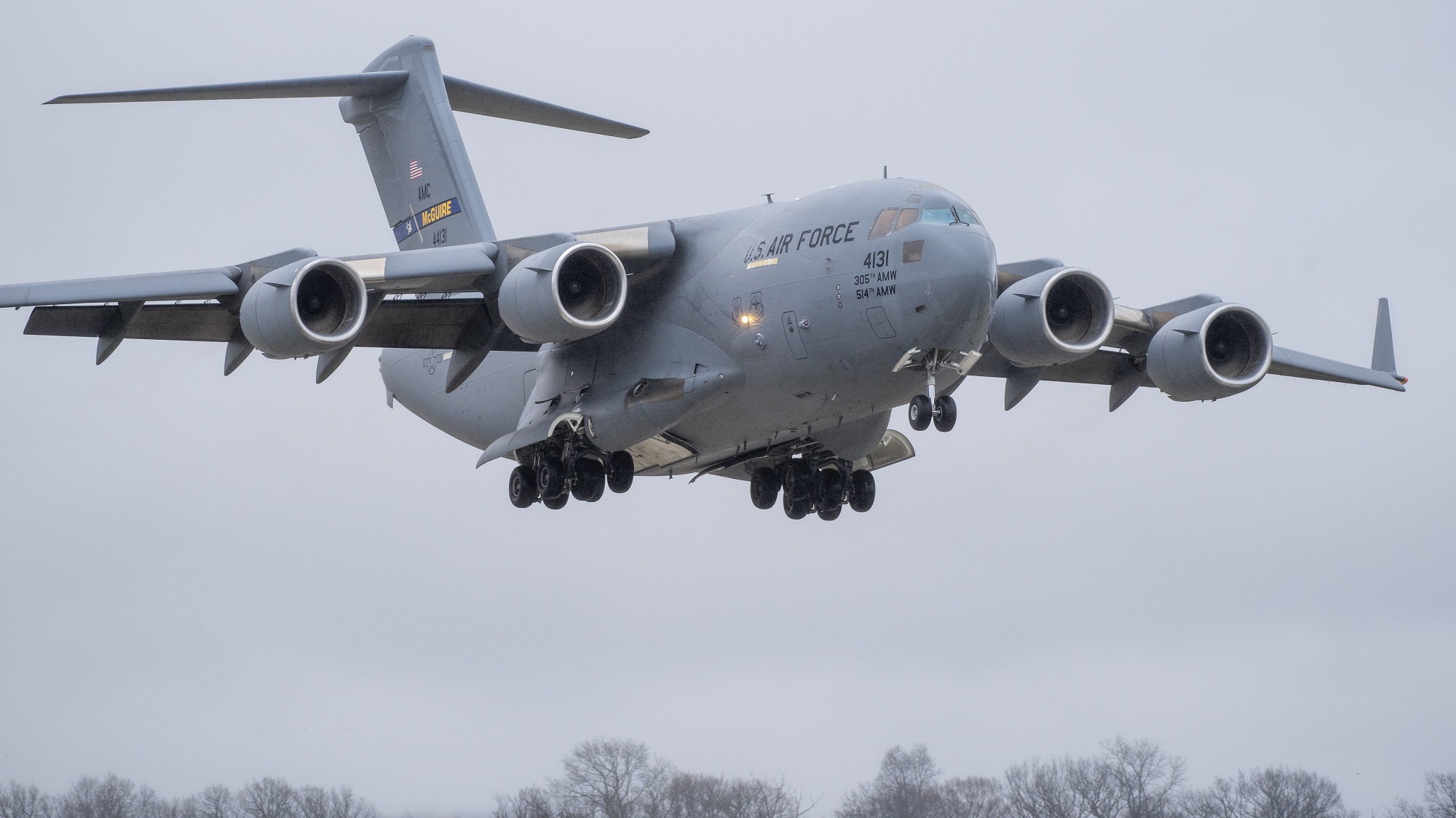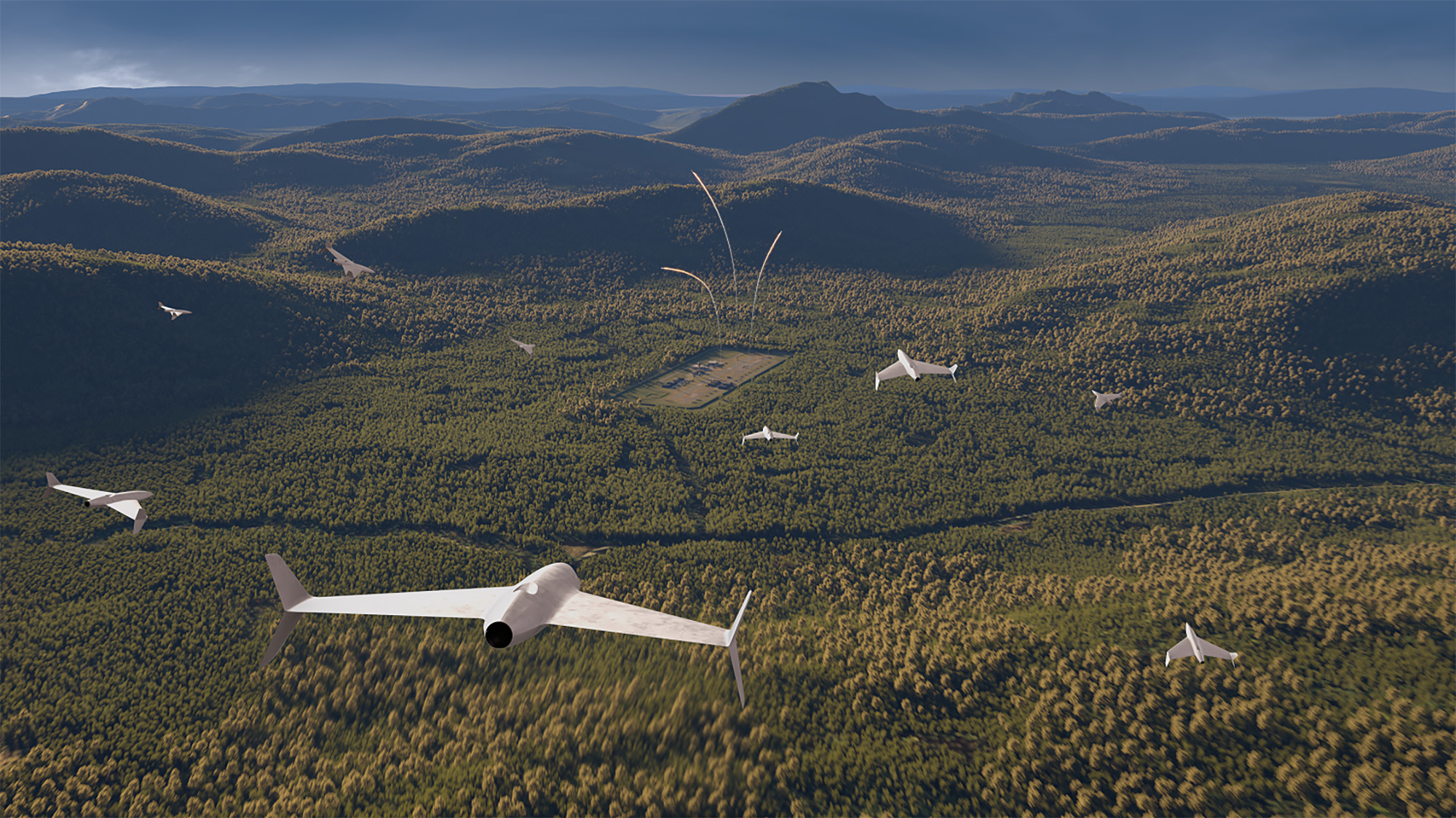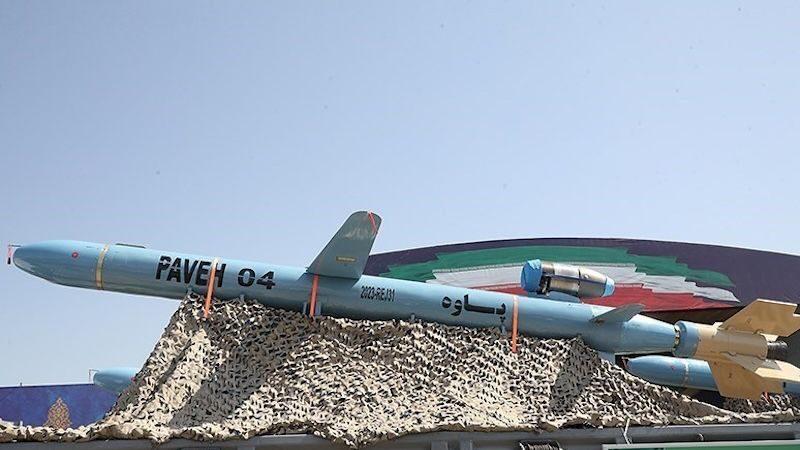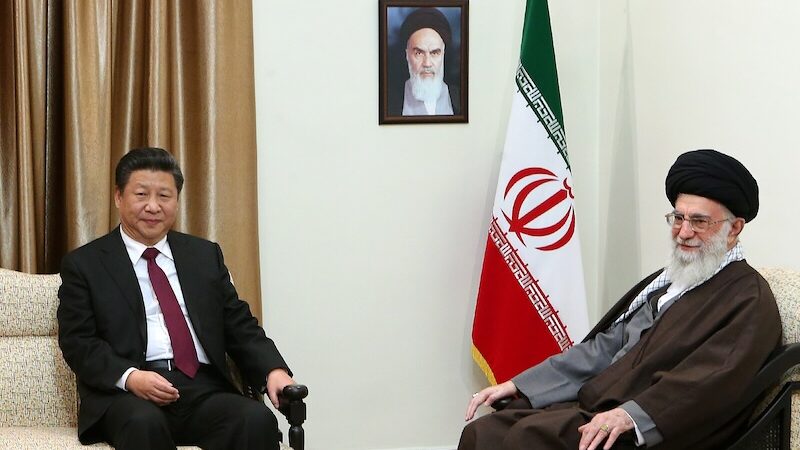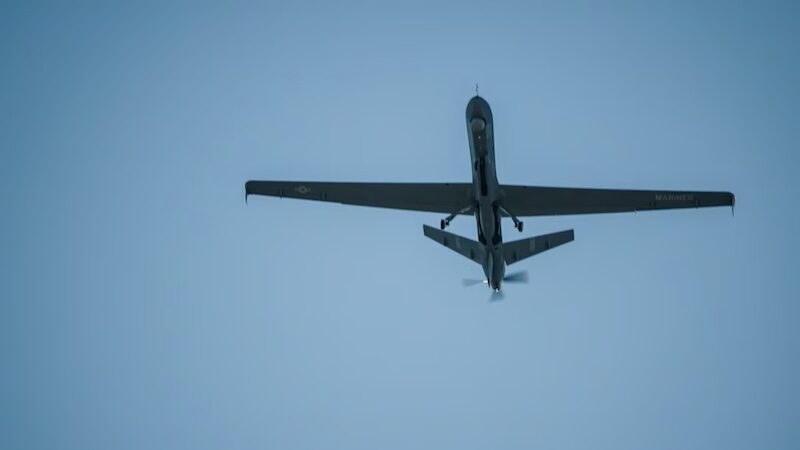Left of boom: Israeli strikes concentrate on Iranian missile threat
“We have delivered significant blows to the Iranian regime, and as such, they have been pushed back into central Iran,” an IDF spokesperson said.


Israel’s ‘Iron Dome’ air defense system responds to incoming Iranian ballistic missiles as seen from Ramallah in the West Bank on June 18, 2025. (Photo by Issam Rimawi/Anadolu via Getty Images)
JERUSALEM — The Israel Defense Forces said this morning that Israeli Air Force fighter jets had struck over 40 “missile infrastructure components” in Iran, the latest in a campaign by the Israeli military to neuter Tehran’s ability to launch effective counterattacks before they can get off the ground.
Strikes so far have included targeting missile production facilities, missile fuel sites, underground depots where the IDF says missiles are stored, and missile launchers. Israel’s ability to neutralize Iran’s air defenses has given Israel the ability to hunt down missiles even as they’re on their way to being launched.
This morning’s strikes specifically targeted a number of components of Iran’s missile program, including “missile storage sites and military operatives of the Iranian Regime,” the IDF said in a statement.
The reports from the IDF about success against Iran’s missiles came the same day that The Wall Street Journal reported that Israel could be running low on its Arrow missile interceptors. The Arrow air defense system is Israel’s top tier of its multi-layered air defense systems. It consists of Arrow 2 and Arrow 3. Arrow can intercept exoatmospheric threats, meaning ballistic missiles that exit the atmosphere and return. Israel has also used its David’s Sling system to counter Iran’s missile attacks. In addition, US systems such as THAAD have been used.
If Israel is running low on Arrows, it would put more urgency on the offensive effort to destroy the missiles long before they are heading toward Iranian airspace. IDF spokesperson Brig. Gen. Effie Defrin said the IDF had identified 30 missile launches from Iran overnight between Tuesday and Wednesday. As of this report, the IDF said Iran had managed to launch at least 400 missiles in 17 salvos since Israel’s strike on Iran last week, in addition to 1,000 drones.
The drones do not appear to have penetrated Israel’s defenses, but more than 20 of the ballistic missiles have, killing more than two dozen people.
Israel has detailed many of its efforts against Iran’s missile launchers and missile program. For instance, today the IDF released footage of a strike on an Iranian Emad missile launcher as it was preparing to launch. Iran has a number of types of ballistic missiles, including liquid and solid fueled.
Defrin also noted on June 17 that the IDF was seeking to remove the missile threat “from its source.” Also that day the IDF said it had struck 12 missile launch sites and storage facilities. The IDF released video and an infographic on the strikes.
“We have delivered significant blows to the Iranian regime, and as such, they have been pushed back into central Iran,” Defrin said. “They are now focusing their efforts on conducting missile fire from the area of Isfahan. We are aiming at military targets; they are attacking civilian homes.”
By Monday, just three days after the start of the campaign, the IDF assessed it had struck a third of Iran’s estimated 360 missile launchers. By Tuesday, the assessment had grown to include up to 200 of Iran’s launchers eliminated. That would be more than 55 percent.
Iran also may be running low on missiles it can use to strike Israel. This depends on the estimates of how many missiles Iran had to begin with and how many have been destroyed and also used. Other variables include the fact that Israel has assessed that Iran is forced to launch from further away. For instance, Isfahan in central Iran is 1,600km from Israel, whereas areas closer to the border such Kermanshah are only 1,100km from Israel.
The clearest example that Israel believes the missile threat is reduced is Israel’s changes to its Home Front Command instructions for civilians in Israel. At 6 pm local time on June 18 the guidelines were relaxed regarding public gatherings, enabling people in non-essential work to return to workplaces.


















































































![The American contingent and Turkey’s autonomy goals: Paris Air Show Day 3 [Video]](https://breakingdefense.com/wp-content/uploads/sites/3/2025/06/Wednesday-Wrap.00_00_32_21.Still001.png?#)
![A look at the jets flying high above the Paris Air Show [PHOTOS]](https://breakingdefense.com/wp-content/uploads/sites/3/2025/06/Rafale_02-scaled-e1750268097167.jpg?#)












